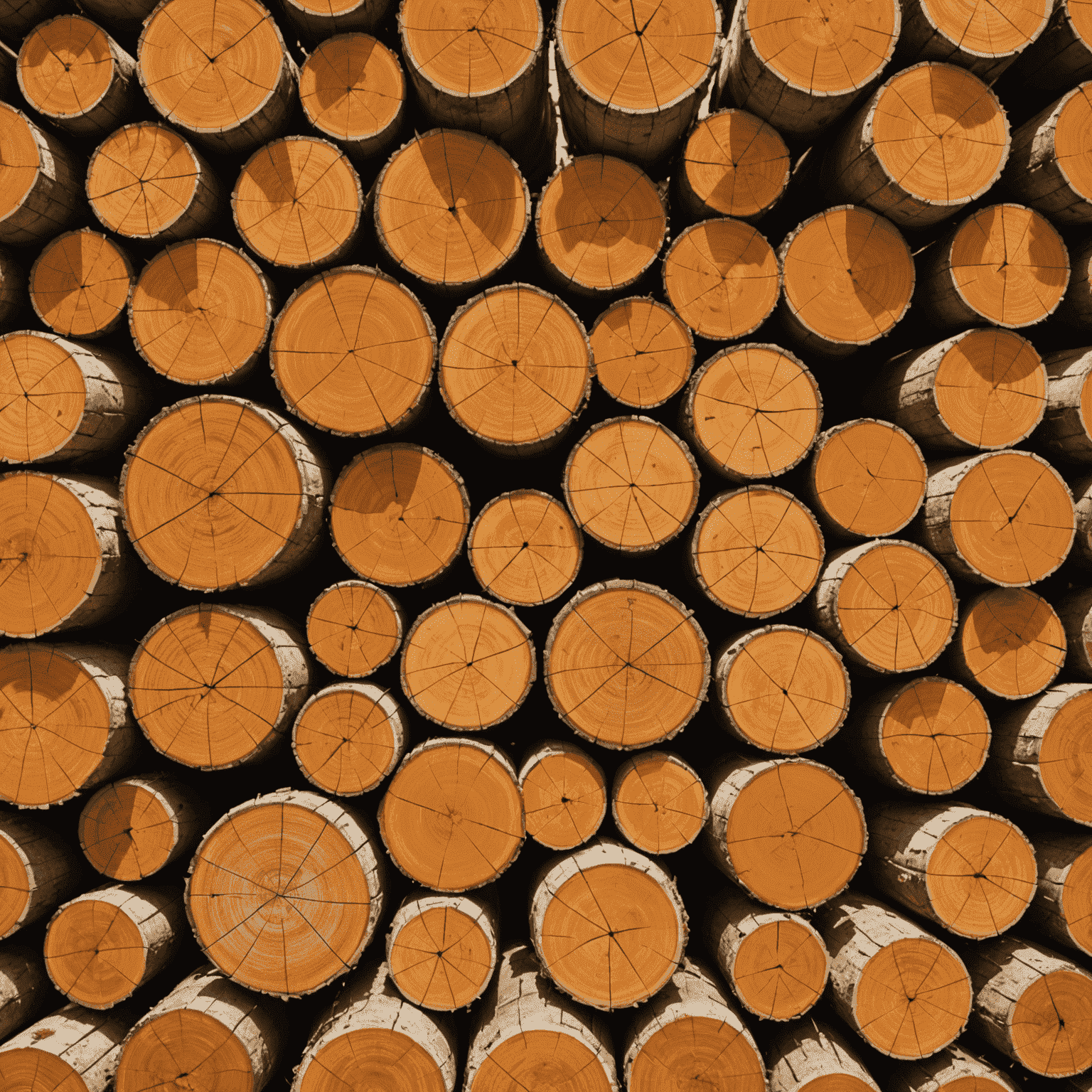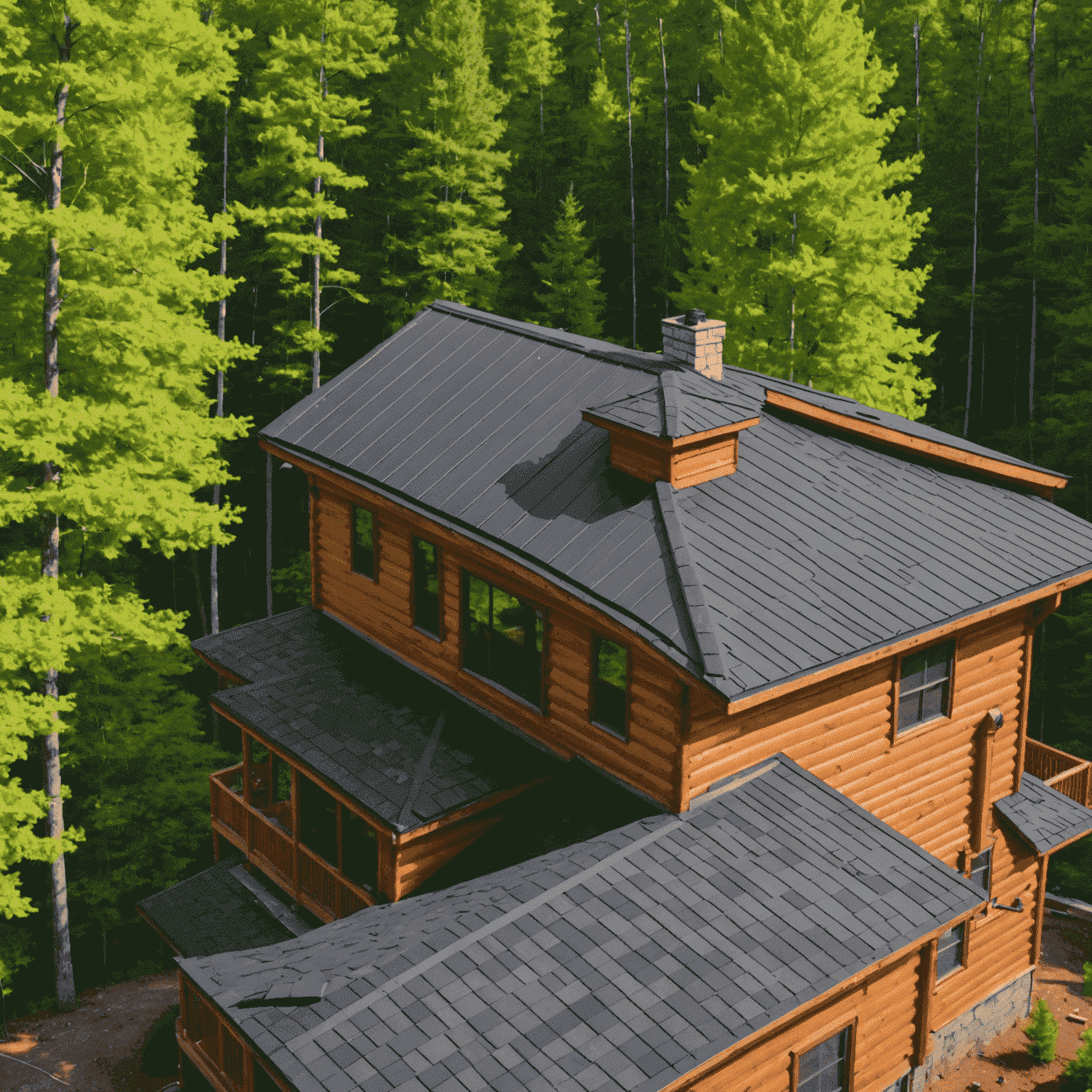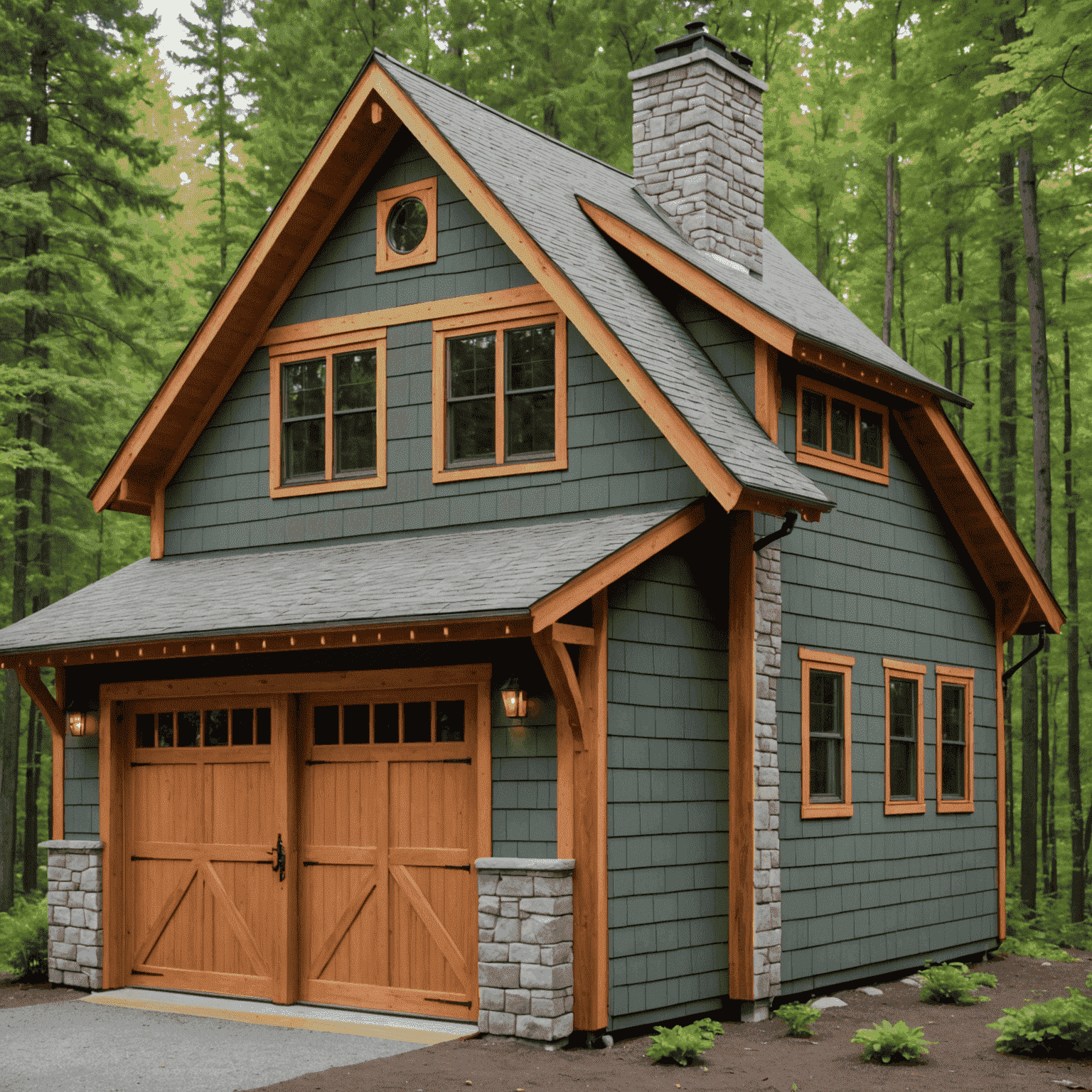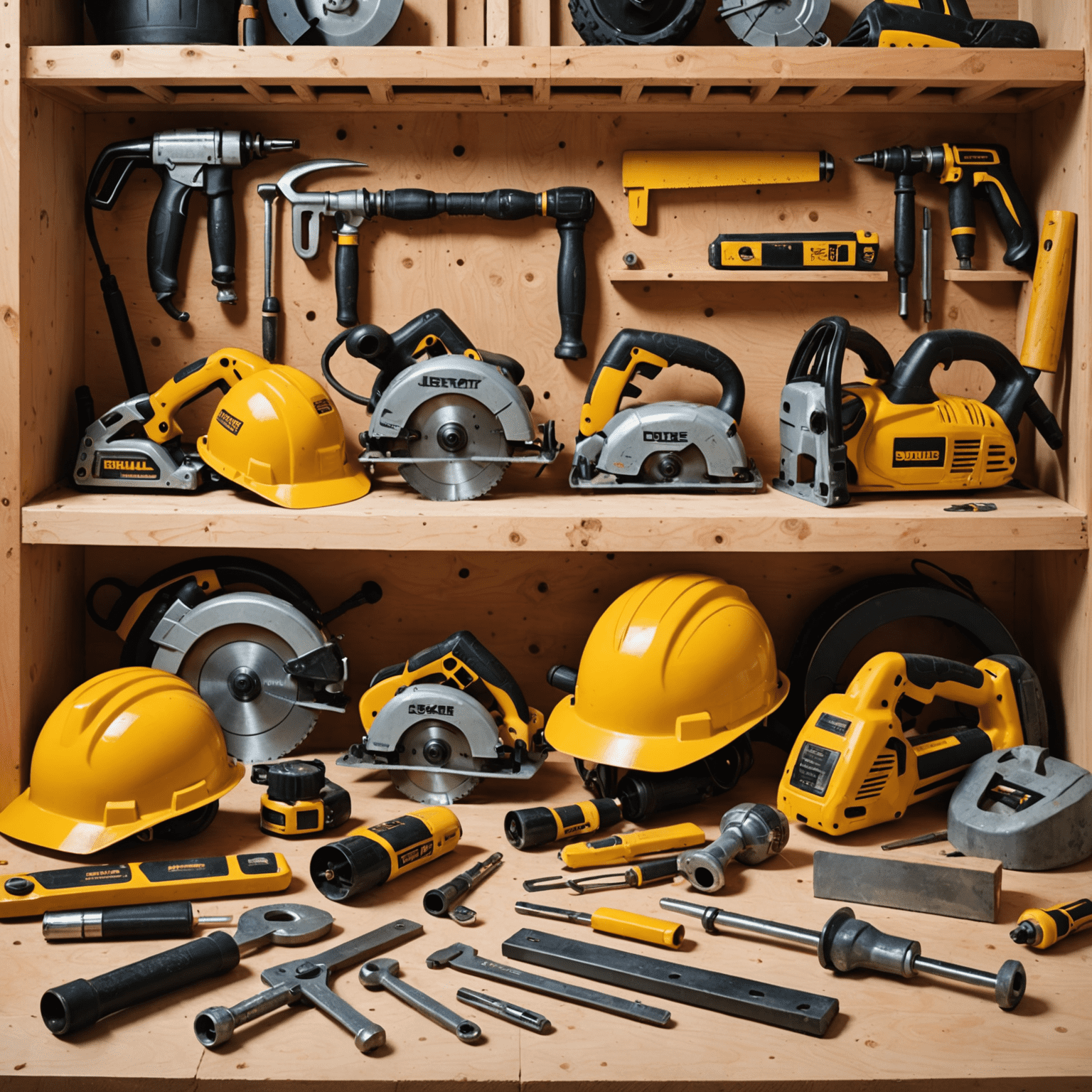Essential Materials for Cabin Construction
When it comes to building a sturdy and weather-resistant cabin in the woods, selecting the right materials is crucial. This comprehensive guide will walk you through the best resources to ensure your wilderness shelter stands the test of time and nature.
1. Timber
The backbone of any cabin, timber selection is paramount. Opt for naturally rot-resistant woods such as cedar, redwood, or Douglas fir. These species offer excellent durability and insect resistance.

2. Foundation Materials
A solid foundation is essential for longevity. Consider using concrete piers or a full concrete slab, depending on your terrain. For elevated cabins, pressure-treated lumber for the subfloor is a must to prevent moisture damage.
3. Roofing
Your roof is your first line of defense against the elements. Metal roofing is an excellent choice for its durability, fire resistance, and ability to shed snow. Alternatively, high-quality asphalt shingles can provide good protection at a lower cost.

4. Insulation
Proper insulation is key for comfort and energy efficiency. Consider spray foam insulation for its excellent air-sealing properties, or opt for eco-friendly options like sheep's wool or recycled denim insulation.
5. Windows and Doors
Invest in double-pane, weather-resistant windows and a solid exterior door. Look for Energy Star certified products to ensure optimal thermal performance.
6. Siding
Protect your cabin's exterior with durable siding. Cedar shakes offer a classic look and natural weather resistance. For a more modern approach, fiber cement siding provides excellent durability and low maintenance.

7. Interior Finishes
For the interior, consider using tongue-and-groove pine for a traditional cabin feel. Alternatively, drywall can provide a more finished look and better fire resistance.
8. Fasteners and Hardware
Don't overlook the importance of quality fasteners. Use galvanized or stainless steel nails, screws, and other hardware to prevent rust and ensure long-lasting connections.
9. Sealants and Preservatives
Protect your cabin from moisture and pests with appropriate sealants and wood preservatives. Look for eco-friendly options that won't harm the surrounding environment.
10. Tools and Equipment
While not materials per se, having the right tools is essential. Invest in quality power tools, hand tools, and safety equipment to ensure efficient and safe construction.

Remember, when building a cabin in the woods, it's not just about the materials, but also about how they interact with the environment. Choose sustainable options when possible and always consider the impact on the surrounding ecosystem. With the right materials and careful planning, you can create a durable, comfortable shelter that harmonizes with its natural surroundings.
For those interested in 3D modeling their cabin before construction, SketchUp can be an invaluable tool. It allows you to visualize your design, experiment with different materials, and even create a materials list for more accurate budgeting.